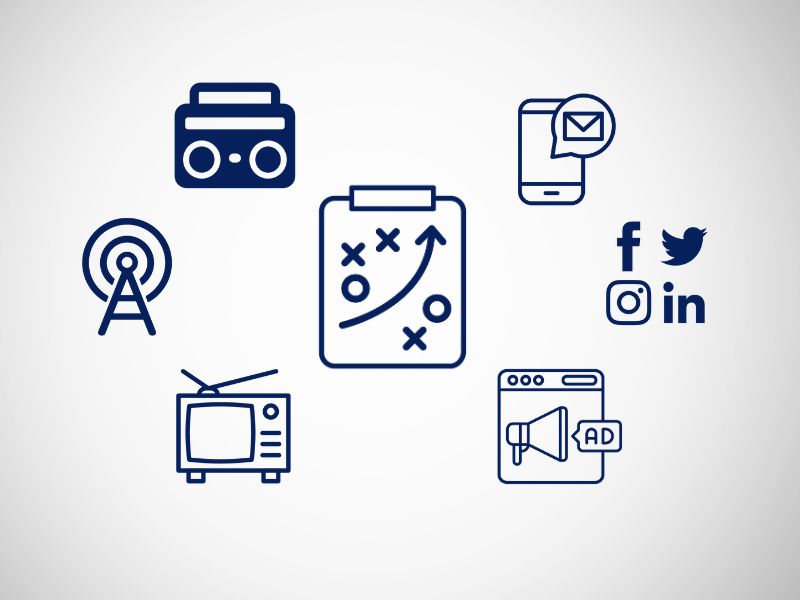
Emotion Drives 80% Of Decisions
We are not thinking machines. We are feeling machines that think.
Antonio Damasio, neuroscientist
We are not thinking machines. We are feeling machines that think.
Antonio Damasio, neuroscientist


When retail brand marketing sparks an emotional response, it deepens engagement, and increases its value in the eyes of the customer. And that leads to positive business results. Case in point: In a 2016 Nielsen study, ads with an above average emotional response caused a 23% increase in sales compared to average ads. So, we’ve found it important to dig into the science of emotion tracking.
Emotion Tracking Video Analysis (ETVA)
We use an AI tool that measures and analyzes real-time facial reactions to video messaging. The science behind the platform measures subtle facial codes combined with deep cognitive psychological learning. Analysis of the levels and range of emotions enables better understanding of the impact of content on our audiences. Which helps brands understand the power of their messaging… and their potential to be optimized. From second to second, image to image.
Eye tracking heat maps to imagery. Measures include overall attentiveness, mood (a blend of emotions), and individual emotions. Analyzing the data helps us optimize our creative product, as well as predict in-market results.
Objectivity in action
We used it for a retail automotive service client to compare the effectiveness of two campaigns. The first video focused on the brand message and a family’s positive experience with the company. The second focused more on expertise, cleanliness and professional service. Both included the same promotional offer at the end, but with slightly different approaches.
While both videos scored well in attentiveness, and demonstrated better than average effectiveness vs. industry, Video A evoked a much stronger positive emotional response across the arc of the video. That created stronger positive brand associations. The more emotionally engaging video proved to be the better choice for the brand.
When to use ETVA
This tech is especially valuable for A-B testing, comparing historical vs. new messaging and benchmarking vs. category or competition. We can also analyze reactions by different target audience segments.
To learn more about the results of this case, please contact us. The data runs deep and the insights are many.

Common Questions
A balanced funnel approach: traditional for awareness, digital for conversion. Start broad, then retarget with precision.
Use hybrid tactics: QR codes, unique URLs, promo codes, and cross-market testing. Combine these with digital analytics to attribute traffic and conversions accurately.
Yes. According to Nielsen and PewResearch.org, TV and radio remain top channels for brand trust and mass reach, especially when integrated with digital media for measurable ROI.
Ignoring context; using the same creative across every channel instead of optimizing for audience attention and dwell time.
Through objective and tactical alignment upfront. Then, we tailor visuals, copy, and pacing for each medium’s audience.
Consistency strengthens recognition and trust. Repetition of core brand elements helps audiences connect emotionally and cognitively faster.
It means creating marketing assets intentionally for their environment like digital, print, outdoor, or in-store so they resonate in the exact moment and mindset of the audience.
To stand out to consumers during the holiday season, focus on relevance, value, and seamless experiences. Use AI and personalization to reengage shoppers who showed intent but didn’t convert.
Absolutely. According to EMARKETER, mobile now drives over 50% (56.5%) of ecommerce sales and influences in-store decisions.
NRF projects inflation (PCE) will hover around 2.5% this year. While that, along with tariffs, is weighing on consumer sentiment, household finances remain stable. Retailers should expect cautious but steady spending with stronger growth in ecommerce than brick-and-mortar.
Yes, but don’t rely on it. Spread promotions throughout October and November to catch early shoppers.








.jpg)
